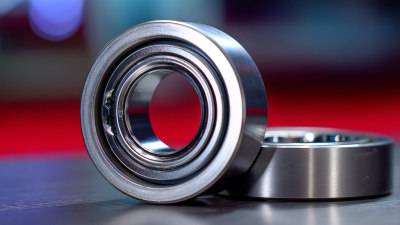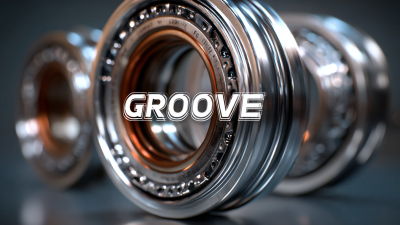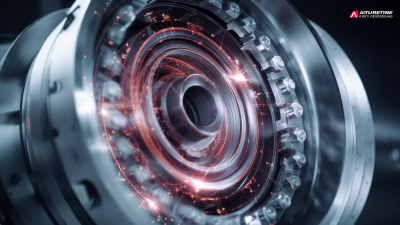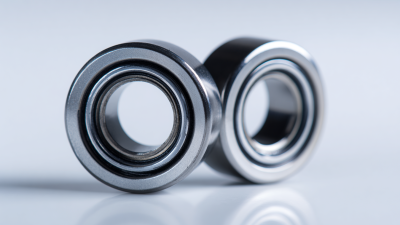In the world of precision engineering, V Groove Bearings are vital components that facilitate smooth movement and reduce friction in various applications. According to a recent industry report by Research and Markets, the global bearing market is poised to reach $103.3 billion by 2025, with V Groove Bearings experiencing a notable increase in demand due to their unique design that enables better alignment and load distribution. These bearings are commonly used in linear motion systems, conveyors, and automated machinery, making them essential for enhancing operational efficiency. Additionally, as industries increasingly prioritize automation and precision, understanding the essentials of V Groove Bearings becomes imperative for engineers and manufacturers alike. This blog will explore the key characteristics, benefits, and applications of V Groove Bearings, providing professionals with crucial insights to optimize their designs and operations.
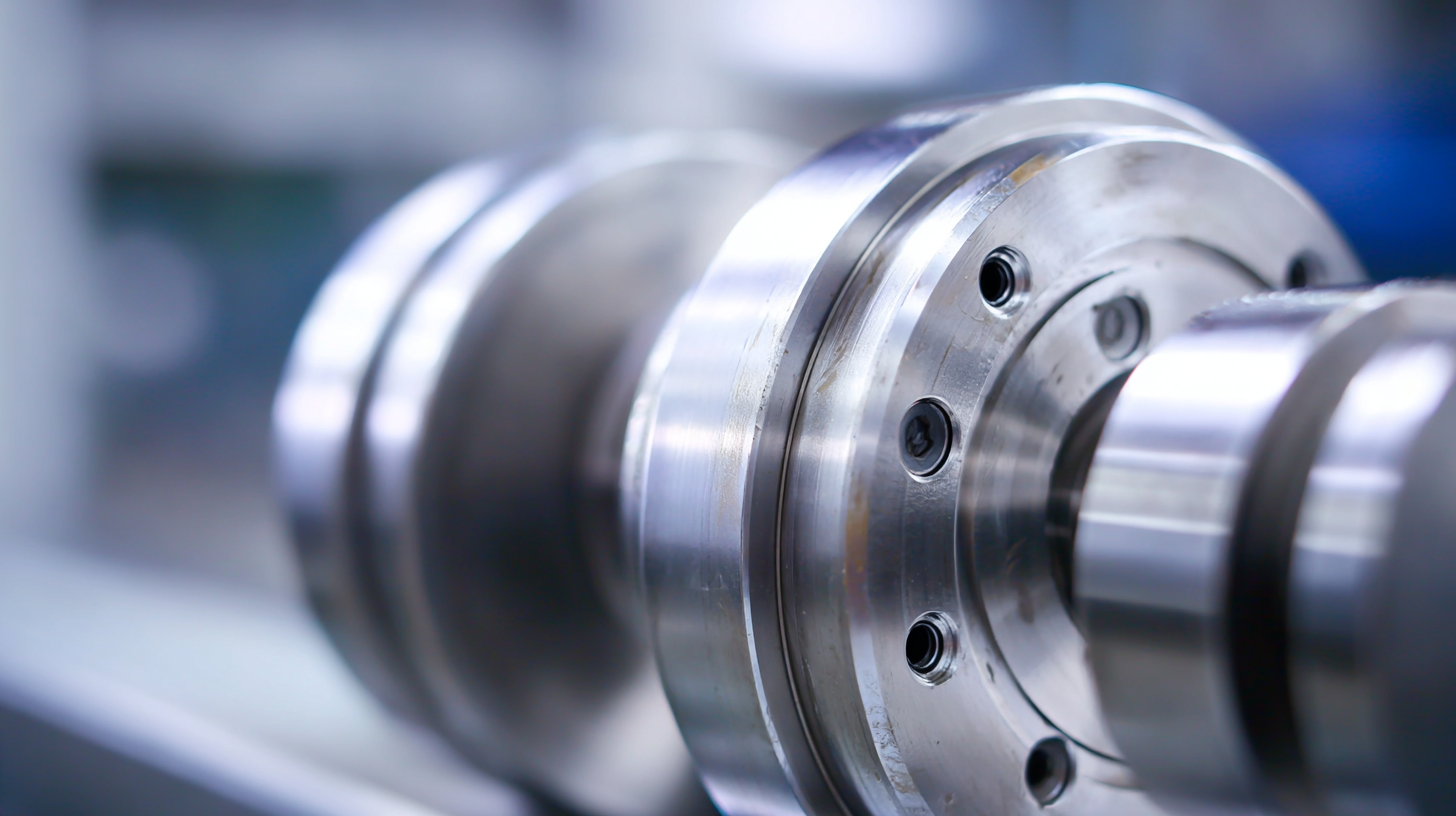
V Groove bearings play a crucial role in precision engineering, offering solutions that enhance the performance of various mechanical systems. These specialized bearings feature a V-shaped groove that enables smooth and efficient movement along rails or tracks, making them ideal for applications requiring high levels of accuracy and stability. In industries such as robotics, conveyors, and CNC machines, V Groove bearings are essential for maintaining precise alignment and reducing friction, which ultimately leads to improved operational efficiency.
The design of V Groove bearings caters to both vertical and horizontal movements, allowing for greater versatility in machinery applications. Their ability to support heavy loads while maintaining precise guidance makes them an invaluable component in manufacturing processes, where accuracy is non-negotiable. Additionally, the simplicity of their design allows for easy installation and maintenance, further contributing to their widespread use in precision engineering. As technology continues to evolve, the demand for these bearings will likely increase, underscoring their importance in ensuring the reliability and performance of modern mechanical systems.
| Dimension | Material | Load Capacity (kg) | Speed Rating (RPM) | Application Areas |
|---|---|---|---|---|
| 10 mm x 100 mm | Stainless Steel | 150 | 5000 | CNC Machining |
| 15 mm x 80 mm | Carbon Steel | 200 | 4000 | Robotics |
| 20 mm x 100 mm | Bronze | 300 | 3000 | Automotive |
| 25 mm x 120 mm | Nylon | 100 | 6000 | Conveyor Systems |
| 30 mm x 150 mm | PTFE | 250 | 2500 | Textile Machinery |
V groove bearings are vital components in various applications, particularly in systems requiring precise movement along linear paths. One of their key characteristics is the V-shaped groove that facilitates smooth rolling motion, reducing friction and wear during operation. This design allows for seamless integration into tracks, providing stability and accuracy. The grooves guide the bearing along a defined path, which is crucial in applications such as conveyor systems, sliding gates, and industrial machinery.
Another essential design feature of V groove bearings is their versatility. They can be manufactured in different sizes and materials to cater to specific load requirements and environmental conditions. The combination of hardened steel races and high-quality balls enhances durability and performance, ensuring these bearings can withstand heavy loads and harsh operating conditions. Additionally, many V groove bearings are designed with seals or shields to protect internal components from contaminants, further extending their life and reliability in demanding applications.
This chart illustrates the key characteristics of V Groove Bearings, specifically their load capacity, speed rating, service life, and temperature range. Understanding these metrics is essential for selecting the appropriate bearings for various applications.
V groove bearings play a crucial role across various industries due to their efficient load distribution and precision in movement. In rail systems, for instance, these bearings are essential for ensuring smooth operation and stability of trains. According to a report by the International Association of Railway Operators, nearly 70% of rail systems globally utilize some form of specialized bearings, with V groove bearings being particularly favored for their ability to handle high speeds and reduce vibration, leading to extended maintenance intervals and lower operational costs.
The automotive industry also significantly benefits from V groove bearings. Their design allows for easy alignment and secure fitting in wheel assemblies, enhancing overall vehicle performance and safety. A study by Automotive Engineering Magazine highlighted that nearly 55% of new vehicle models incorporate advanced bearing technologies, including V groove variants, to achieve greater fuel efficiency and decreased wear and tear. This trend underscores the growing demand for innovative bearing solutions as automakers strive to meet stringent emissions standards and consumer expectations for longevity and reliability in high-performance vehicles.
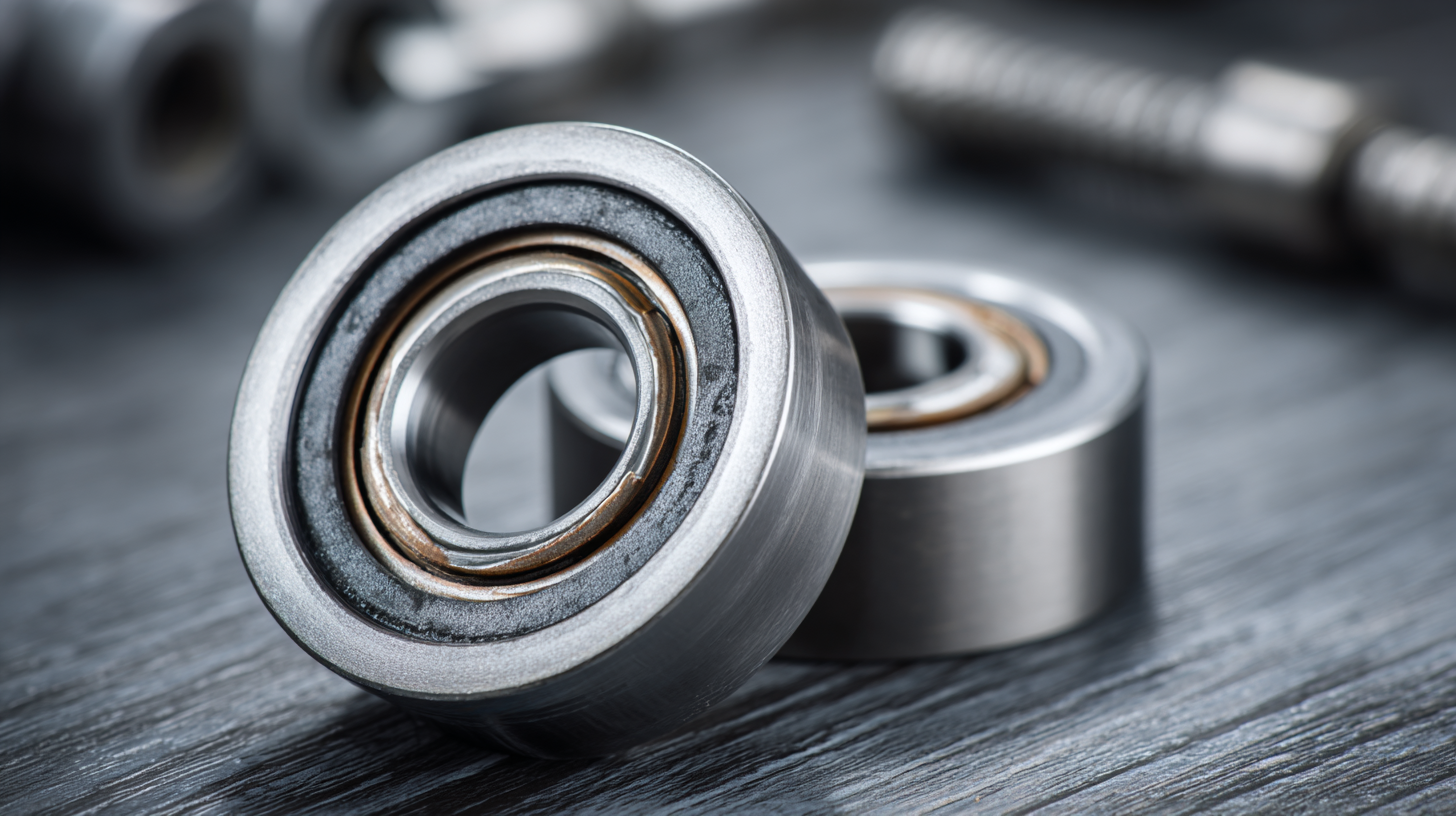
When comparing V groove bearings to traditional bearing types, it's essential to understand their distinct operational principles and advantages. V groove bearings, featuring a V-shaped groove in their outer ring, facilitate smoother movement along rails or tracks. This unique design allows for better load distribution and minimizes friction, making them ideal for applications requiring precision, such as in automation and conveyor systems. In contrast, traditional bearings, typically spherical or cylindrical, are more suited for rotary motion but may struggle with alignment issues in track-based systems.
Another critical difference lies in their applications. V groove bearings excel in environments where directional changes are common, allowing machinery to navigate swiftly and efficiently. They are often found in systems like sliding doors, carts, and other linear motion equipment. On the other hand, traditional bearings are widely used in rotating shafts, such as electric motors and gear systems, where radial loads are predominant. While both types of bearings serve essential functions, their specific design features and operational efficiencies define their suitability for various industrial applications.

The future of V groove bearings is set to be defined by rapid technological advancements and evolving industry needs. As more manufacturers embrace automation and precision engineering, V groove bearings are being optimized for higher performance and longevity. Innovations in materials, such as the use of advanced composites, promise to enhance durability and reduce wear, all while maintaining lightweight characteristics. These developments cater to the increasing demand for efficient machinery in sectors like robotics, aerospace, and automotive, where reliability is paramount.
Tip: When selecting V groove bearings for your application, consider the load capacity and environmental conditions. Using bearings made from corrosion-resistant materials can significantly extend their lifespan in harsh environments.
Additionally, the integration of smart technology into V groove bearing systems is poised to revolutionize their maintenance and performance tracking. With the emergence of IoT (Internet of Things), manufacturers can now monitor bearing condition in real-time, allowing for predictive maintenance and reducing unexpected downtimes. This shift towards smart bearings not only enhances operational efficiency but also contributes to sustainability goals by minimizing waste and resource consumption.
Tip: Implementing regular monitoring and maintenance schedules can help prevent failures and optimize bearing performance, ultimately enhancing your overall machinery efficiency.
